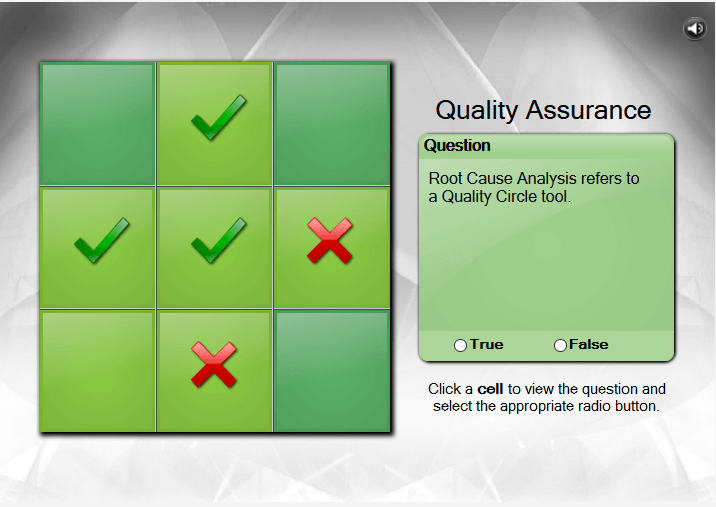Redefining Engagement In eLearning By Implementing Game-Based Learning
Time has revealed that periodical tests and exams do not effectively assess a student’s grasp of a subject and its application. Conventional methods of imparting education are being replaced with high-tech tools and virtual worlds. This entire shift has been happening at a steady pace over the past many years. In this entire transformation, games have been recognized as one of the key contributors in creating interactive and effective learning experiences. In a game, the learner is occupied from start to finish, unlike regular classroom sessions. The challenges of conventional classroom-based learning can be overcome by games with rapid agility. Learners can play a game multiple times to master it and, at the same time, revise the lesson taught in the game. Retention of the lesson taught is taken care of without any difficulty.
‘What makes games so engaging?’ is an often-asked question. The answer to this is simply their inbuilt learning design. Games make learning a complete package for learners, irrespective of their age. Game-based learning is appealing to educators as well since it provides their students a safe place to learn from their failures. It enables educators to create a representation of the lesson to be taught, which is ‘in action’ and more edutaining, unlike normal classroom lectures. It allows the creation of a world where learners are free to analyze, plan, and experience things without any difficulty.
Teed (2004) suggests that there are several elements that define an activity as a game:
- Competition: The score-keeping element and/or winning conditions motivate players and help assess their performance. Players don’t necessarily compete against each other. Actually, a lot of games have players working as a team to overcome obstacles built into the game.
- Engagement: Learners get so engrossed into the game that they do not want to stop until the game is over. Researchers term this phenomenon as "intrinsic motivation" and attribute it to four sources, namely - challenge, curiosity, control, and fantasy.
- Immediate Rewards: Learners get excited when they win or get points. Sometimes, even simple or analytical feedback motivates them to play the game once again.
In theory, the game-based learning concept inspires the application of game mechanics to things that are usually not seen as a game. But this concept is not only about converting situations in the real world into games. It is also about using the characteristics of game mechanics and applying them to the real world. Here is an interesting read that talks about effectively using game mechanics for the win.
Game-based learning encourages self-reliance and self-determination in terms of a learner’s ability to make progress within a demanding but incrementally staged environment. There are many tools in the market that can help you build engaging learning games. Raptivity, a popular interactivity building tool, is one of them. It offers a wide range of learning game templates that combine learning with fun. These games can be easily customized with no programming knowledge and can be easily used in your digital learning modules.
Here are some interesting game samples from Raptivity that your learners are sure to love:

Spin the Wheel: An interactive game that can be used to assign a diverse variety of questions in one assessment.

Slot Machine: A game that is based on the theory of positive reinforcement, and which can be used to motivate learners.

Tic-Tac-Toe with Questions: Most learners identify with this game easily, since they have played it all through their childhood. It can be used to reinforce learning concepts effectively.

Million Dollar Quiz: Transform conventional multiple-choice questions to an exciting million-dollar game and spice up your course. Learners test their knowledge in a fun way as they move up levels.

Snakes and Ladders with Questions: An exciting game with a perfect blend of fun and learning. It can be used as a positive reinforcement aid.

Audio Visual Crossword: A much-played game; it can be used to help learners recall one correct word specific to the clue with the help of audio or images as clues.
Be it a classroom, cafeteria, meeting room or training area, games have always excelled in delivering the right message. Are you a fan of game-based learning too? Which learning games and tools are your favorites?
Source:
Game-based learning: Redefining engagement in eLearning









